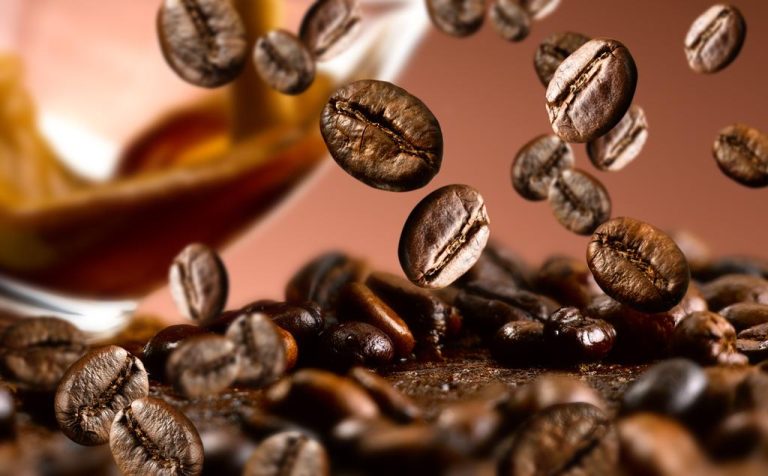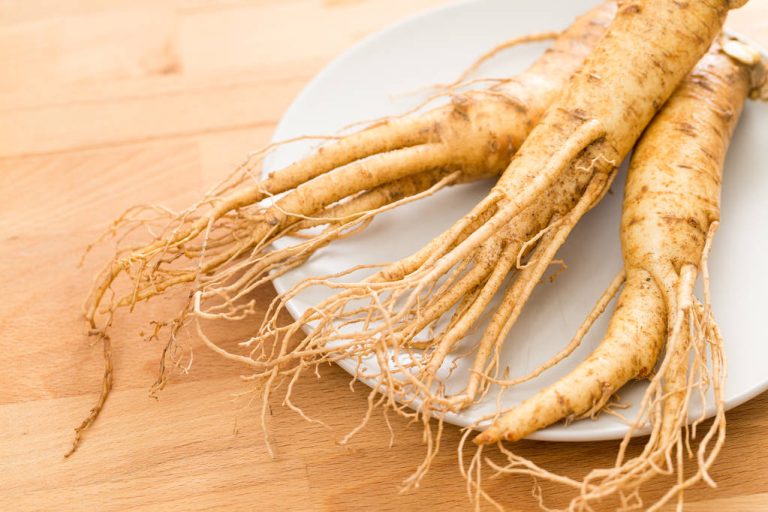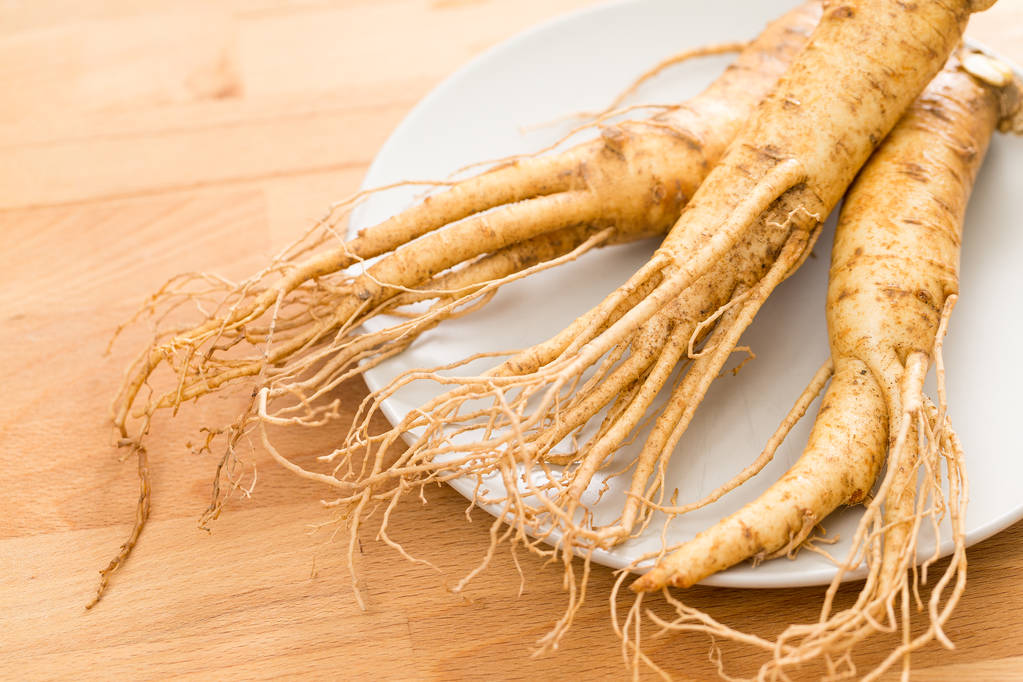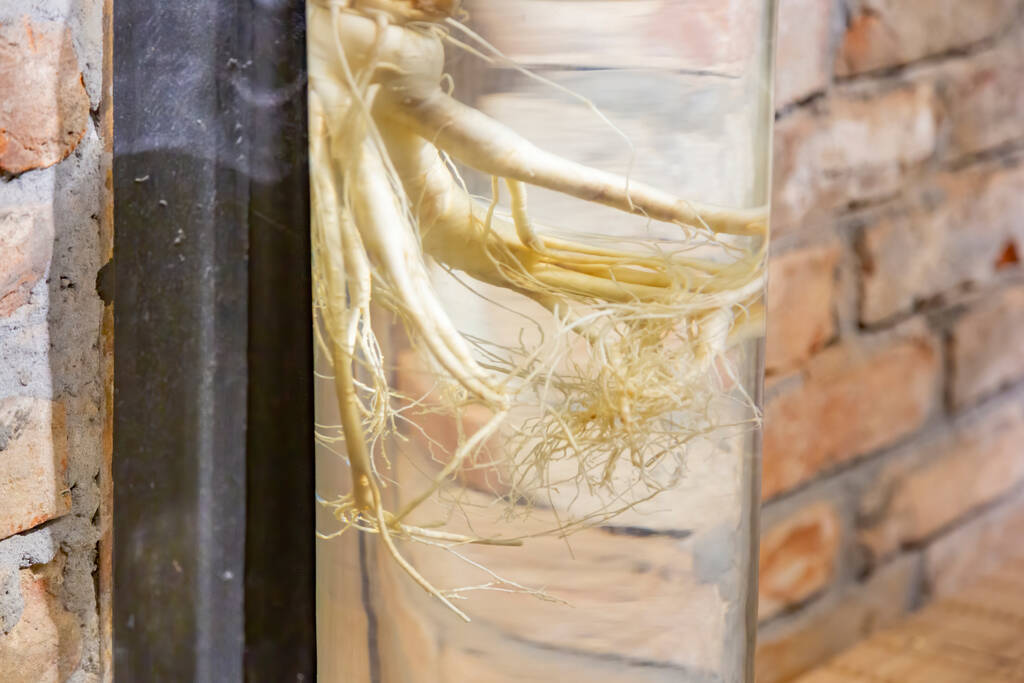Coffee is known to impress with a variety of aromas. But how does the taste come about and which factors have an influence on it?
Variety of varieties: Taste of the individual beans
In order to find out the influencing factors on the coffee taste, we have to take a closer look at the respective coffee beans. In addition to origin and cultivation, the roasting of the beans plays an important role. Thanks to its more than 800 aromas, the coffee bean can boast a true variety of tastes. Depending on which bean is used, a wide variety of flavors are created. In the following article, we want to find out which coffee bean is ultimately the right one for you.
The types of coffee known to us are limited to 103 different types of plants. Surprisingly, only two of these are used for commercial purposes: the Coffea Arabica and the Robusta, a subspecies of the Coffea Canephora. The former takes around 70% market share, the latter around 30%. Of course, other types of coffee also occur – however, the production of such types is in very small quantities and is therefore hardly noticed. But what exactly is the difference between Arabica and Robusta beans?
The Arabica coffee bean grows in cool and stable climate regions. It has a curved scar on its flat side that is characteristic of its species. In terms of taste, the bean can convince with a strong aroma, mild notes and many coffee oils inside. If you choose this type of coffee, you can look forward to a fruity taste and sweet nuances. The versatile taste of the Arabica bean is one of the reasons why it is so popular around the world. The robust coffee bean, on the other hand, stands for an earthy and often bitter taste. It has a much lower oil content than Arabica. As its name suggests, it is very robust and thrives even in difficult climatic conditions. However, the strong flavor and low variety makes them less popular than the Arabica bean.
Cultivation areas and cultivation: This is how the taste changes
The taste of the coffee beans is sometimes determined by their origin. Even if all cultivation areas are in close proximity to the equator, there are significant differences in cultivation. For example, the Blue Mountain coffee variety comes from Central America, which convinces with a unique and sweet aroma. Beans from Mexico, on the other hand, are rather tart and extremely strong. This is where the heart of every coffee lover beats, as the taste is very full-bodied and soothing. Another special coffee comes from Costa Rica. The coffee beans from this region captivate with an intense fragrance and full-bodied and strong aromas.
The reason why coffee beans of the same kind taste different in one country than in another is mainly due to the cultivation and the climate. Other altitudes, temperature fluctuations and the use of individual fertilizers trigger different processes in the coffee plants and thus influence the taste of the coffee beans. So Arabica coffee is not always Arabica coffee – just like Robusta is not always Robusta. Anyone who likes to try different coffees should therefore also pay attention to the country of origin.

Roasting: fine-tuning the coffee beans
Probably the most important step in coffee production is the roasting process. Without this, the raw beans would be absolutely inedible and not really usable. Here the taste is decisively determined and the aromas and nuances are emphasized or even filtered out. Officially, a distinction is made between six different roasts. These range from light to strong to a dark Torrefacto roast. A coffee bean has a total of 300,000 to 400,000 cells. If you now heat the bean, it is roasted and chemical processes unfold. The amino acids and sugars are dissolved and reconnect. This can result in more than 1,000 new flavors. Even the smallest change in the roasting process creates a new and unknown taste. It is not without reason that coffee is one of the most aromatic drinks of all. Even wine can no longer keep up here and is far behind coffee in terms of its variety of tastes.




